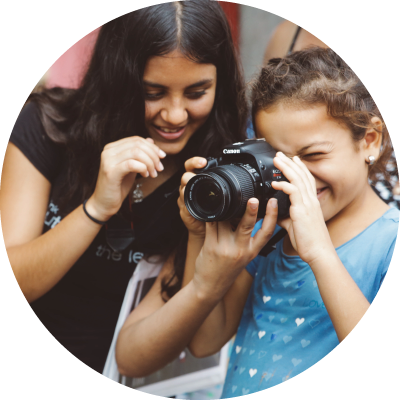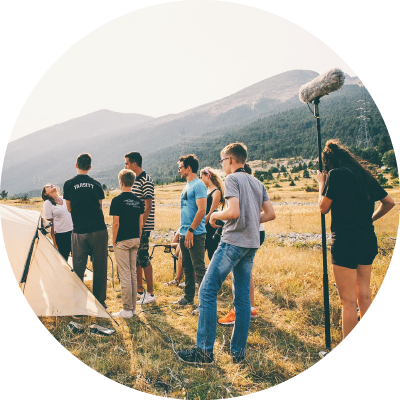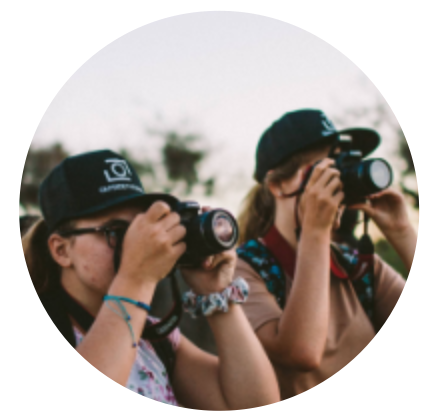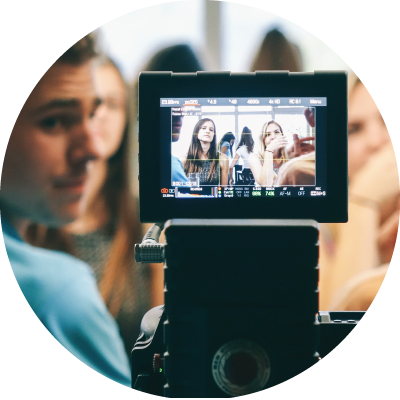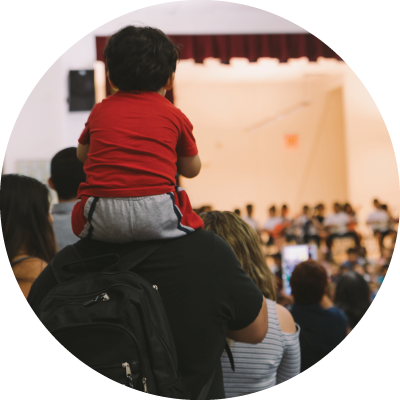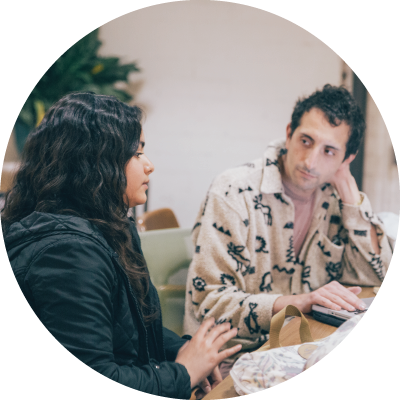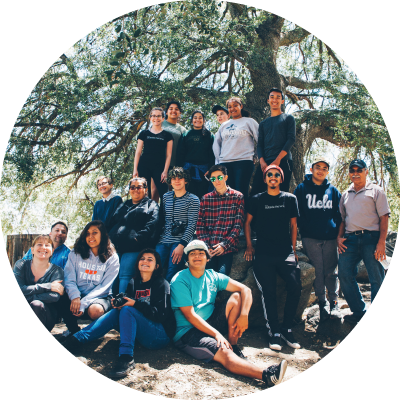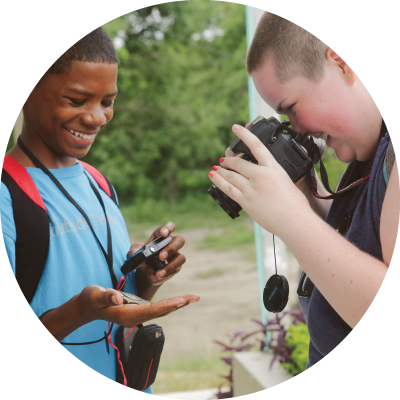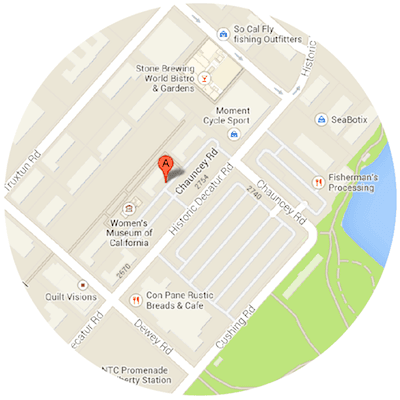Media Literacy in the Classroom, by Jessica Kwen, OTL Intern
It's Media Literacy Week Day 4!
Today, we’d like to spotlight our amazing media educators and how they strive to incorporate media literacy education in the classroom.
At a time when American teenagers spend an average of nine hours a day using entertainment media, according to “The Common Sense Census: Media Use by Tweens and Teens,” our media educators recognize the importance of teaching students how to think critically and decoding messages when interacting with media. Through their curriculum, they help students make sense of the world so that students can actively participate in the world through photography, digital media, and videography.
Let’s see what two of OTL's media educators have to say about why media literacy is important in the 21st century!
Hilary Morefield
“Media literacy gives us power, both as viewers and as makers. The promotion of active viewership allows us to form context and meaning in a sea of information through a close examination of whose voices and messages are being shared and why. Through a critical eye, we not only start to make sense of these messages, we see how we can better them.” - Hilary Morefield
Hilary teaches students that media is a tool to inform, as well as to entertain. At the same time, when using the power of media, it's our responsibility as makers to stick to the facts.
“Third grade students created public service announcement (PSA) posters to promote awareness of the effects of ocean pollution in Ocean Beach. Students learned how PSA messages are crafted, and how they can get their audience's attention to inform them of these effects.”

Examples of PSA posters created by 3rd Grade OTL students. Posters were displayed in Ocean Beach businesses to raise awareness of the dangers of pollution and the importance of protecting our oceans.
Payton Williams
“The current state of technology is growing at a very quick rate; so quickly that legislature has not been able to keep up with regulating how media is created, shared, and displayed. THIS is why teaching media literacy to youth is important. A student in this generation grew up using their fingertips to access the world portrayed in different media. Media literacy is about taking the media they're consuming and the unparalleled access to media they have and showing them how to engage, interpret, create, and own a piece of the future of media. Through this knowledge they can become the regulators and creators -- they can use their knowledge to create positive change and influence."
Heres an example of how Payton teaches media literacy skills to her students:
“We begin this curriculum with the concept of representing self identity in media by using portraiture photography. Our project started with examining what a portrait was and how it could be used to show identity.
I showed these portraits as examples:"
"We talked about using props, environment, color, editing, and several other techniques to create a self portrait that showed off a character trait. There were several steps throughout the entire process, but that's the short version. Here are some samples of student work:”
At Outside the Lens, we believe that media literacy is a superpower that allows kids to become critical consumers and creative producers of media. We are proud of our media educators who are training students to become superheroes at a young age.

